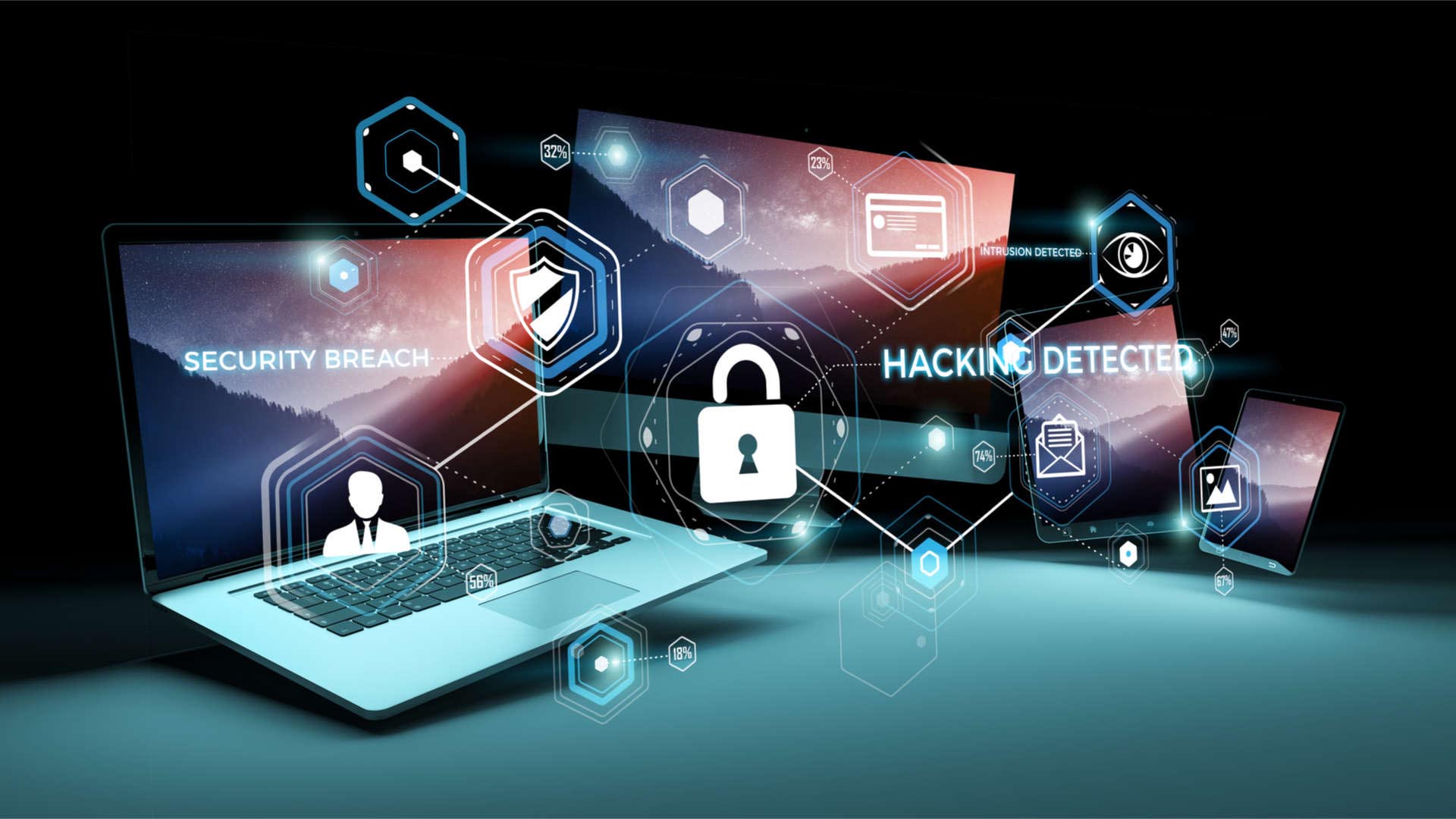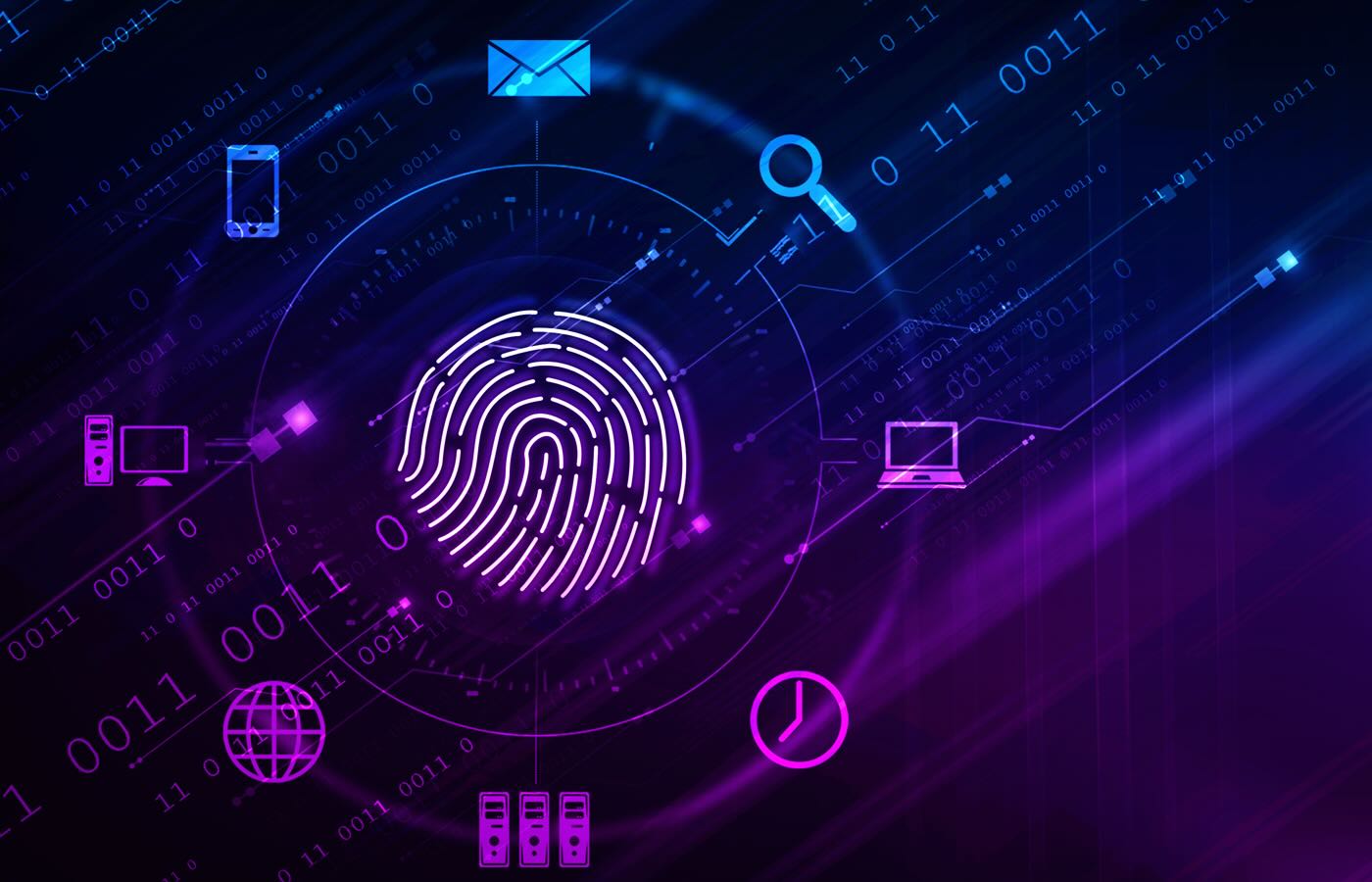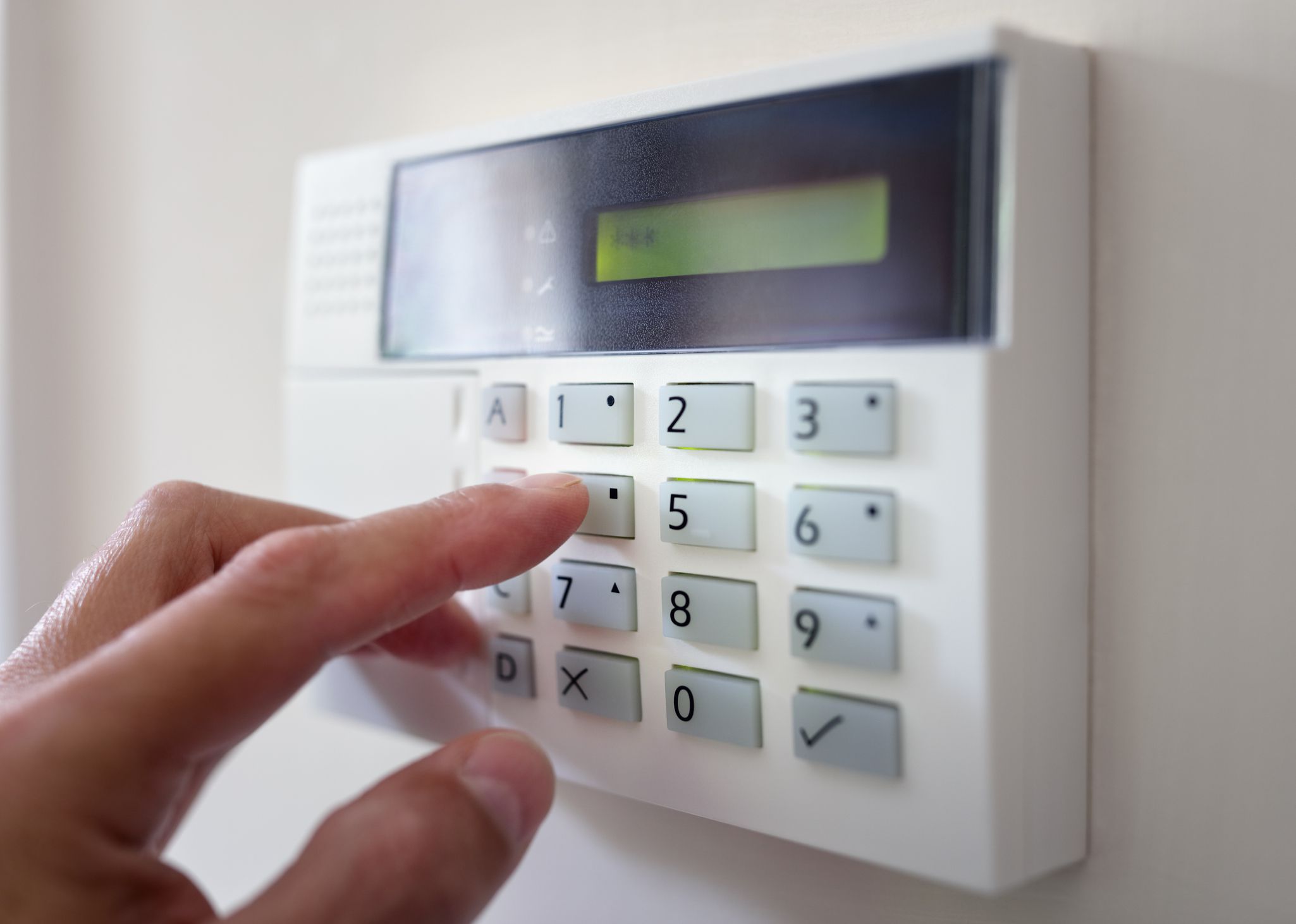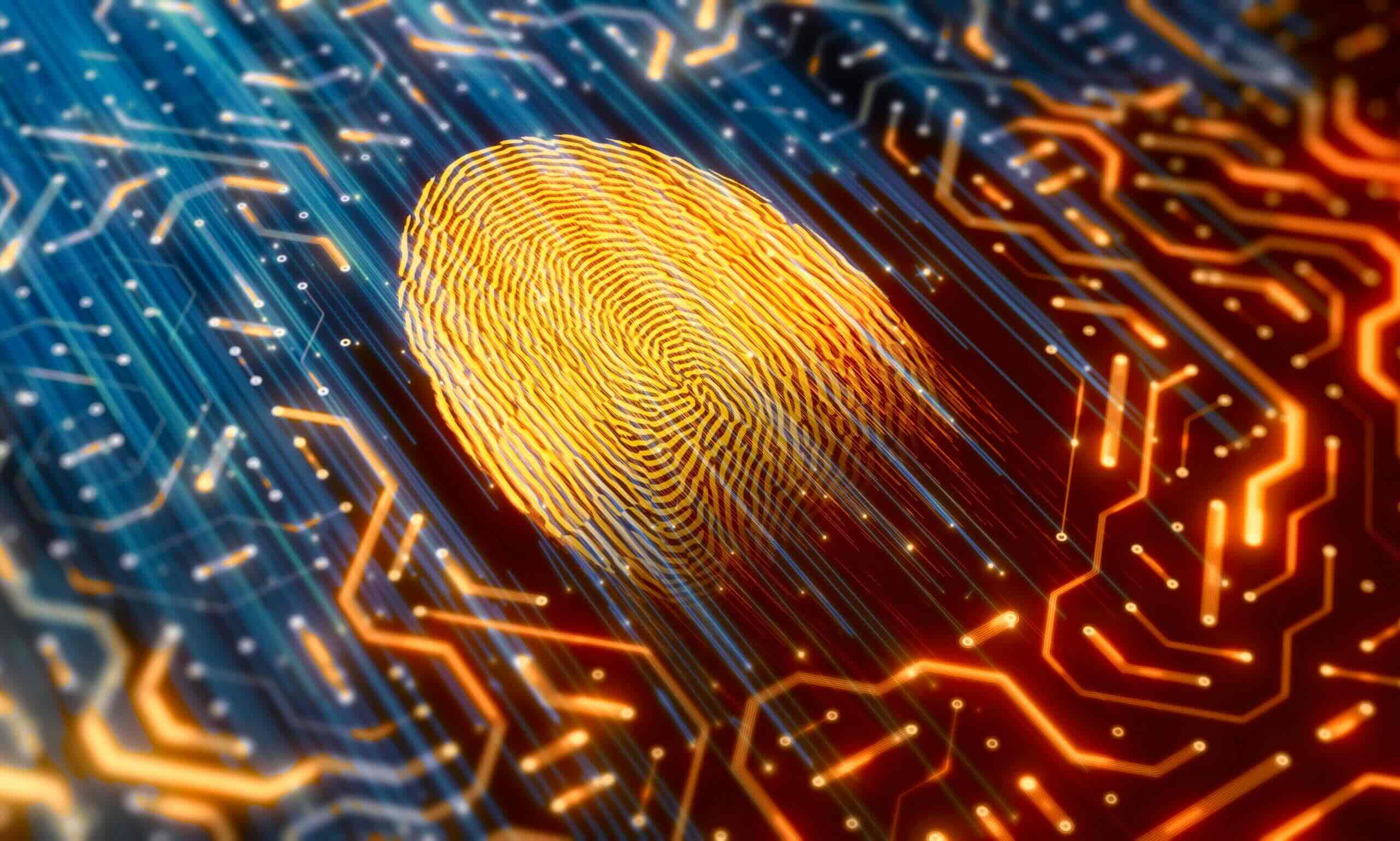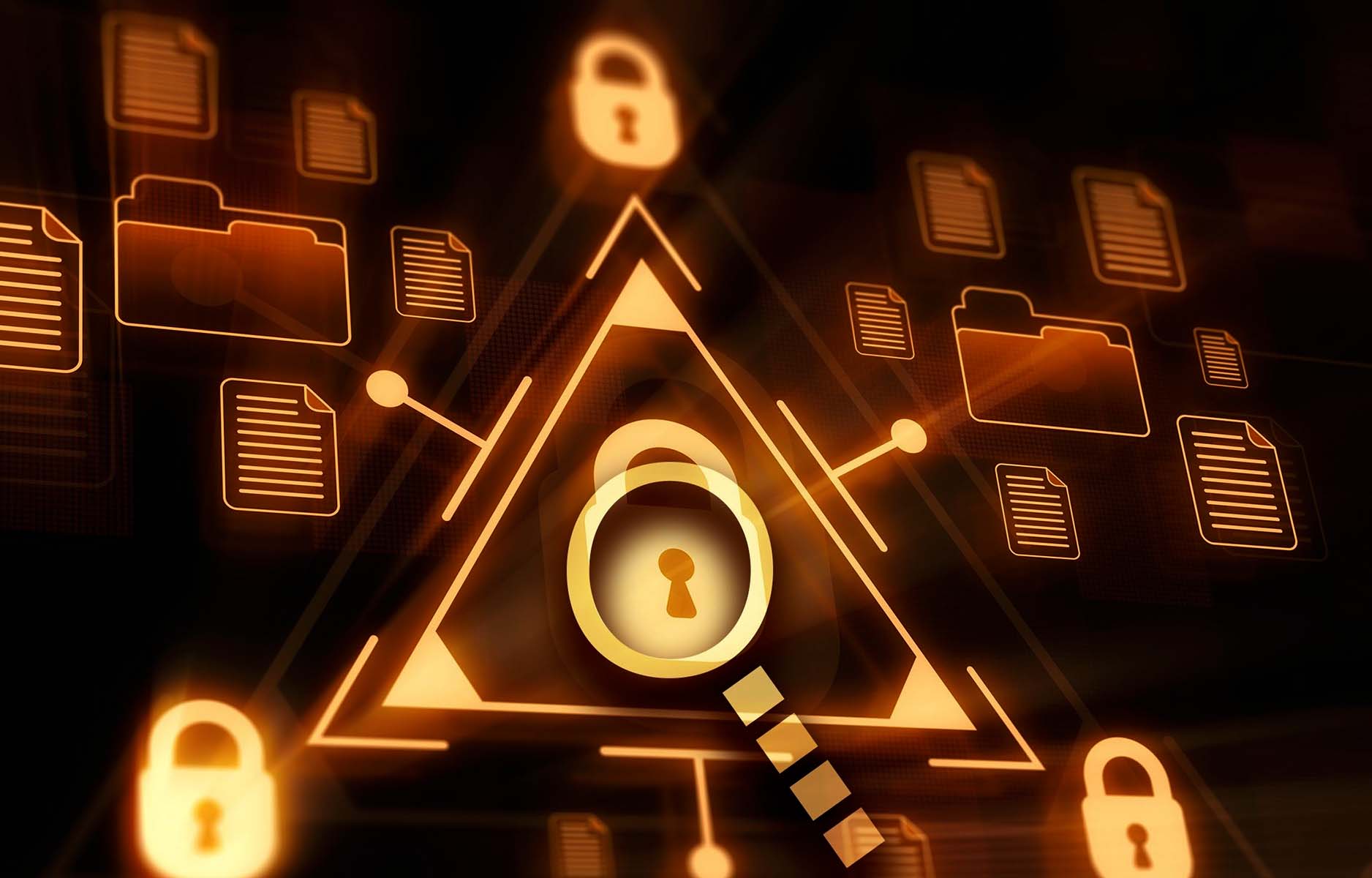Home>Home Security and Surveillance>What Does A BIOS Intrusion Detection Notification Inform You Of


Home Security and Surveillance
What Does A BIOS Intrusion Detection Notification Inform You Of
Modified: March 6, 2024
Discover what you need to know about BIOS intrusion detection notifications and how they protect your home security and surveillance.
(Many of the links in this article redirect to a specific reviewed product. Your purchase of these products through affiliate links helps to generate commission for Storables.com, at no extra cost. Learn more)
Introduction
Welcome to the world of home security and surveillance! In today’s technologically advanced society, ensuring the safety of our homes and loved ones is of utmost importance. With the rise in digital threats, it’s crucial to stay proactive in protecting our homes from potential intrusions. One vital aspect of home security is BIOS intrusion detection. In this article, we will delve into the world of BIOS intrusion detection notifications, their purpose, types, and the necessary steps to take upon receiving them.
Before we dive in, let’s clarify what exactly BIOS intrusion detection is. The Basic Input/Output System (BIOS) is a firmware that is embedded in a computer’s motherboard. It is responsible for initializing hardware components, performing diagnostic tests, and booting up the operating system. BIOS intrusion detection refers to the process of detecting any unauthorized changes or tampering in the BIOS, which could potentially compromise the integrity and security of your computer.
The goal of BIOS intrusion detection notifications is to promptly inform you of any suspicious activities or potential security breaches in your BIOS. By receiving these notifications, you gain valuable insights into potential threats and can take immediate action to mitigate the risk.
Now that we understand the concept of BIOS intrusion detection and its purpose, let’s explore the different types of notifications that you might encounter.
Key Takeaways:
- BIOS intrusion detection notifications alert you about potential security breaches in your computer’s BIOS, prompting you to take immediate action to protect your system’s integrity and privacy.
- Promptly responding to BIOS intrusion detection notifications is crucial for minimizing the impact of security breaches, preventing further compromise, and maintaining the overall security of your computer system.
Read more: What Is Wireless Intrusion Detection
Definition of BIOS Intrusion Detection
BIOS intrusion detection is a critical component of computer security that focuses on monitoring and detecting any unauthorized modifications or tampering within the Basic Input/Output System (BIOS) of a computer. The BIOS serves as the interface between the hardware components and the operating system. It is responsible for initializing system hardware, conducting diagnostic tests, and booting up the computer.
A BIOS intrusion detection system utilizes specialized hardware and software to constantly monitor the integrity of the BIOS. It compares the current state of the BIOS with a known good state, looking for any discrepancies or malicious changes that could compromise the system’s security.
BIOS intrusion detection works by analyzing various elements within the BIOS, such as the BIOS firmware, boot code, configuration settings, and optional features. Changes or anomalies in any of these areas can be indicators of unauthorized access or tampering. The detection system continuously scans the BIOS for any signs of malicious activity, ensuring that the BIOS remains secure and free from any unauthorized modifications.
When a BIOS intrusion is detected, a notification is generated to alert the user about the potential security breach. These notifications can come in various forms, such as error messages, alerts, or dedicated BIOS intrusion detection software. The purpose of these notifications is to provide immediate awareness of the potential threat and enable users to take appropriate action to mitigate the risk.
It’s important to note that BIOS intrusion detection is not limited to traditional desktop or laptop computers. It is also relevant for other devices that have a BIOS or similar firmware, including servers, embedded systems, and even some smart home devices. Regardless of the device, the detection and prevention of BIOS intrusions are crucial for maintaining the security and privacy of sensitive data.
Now that we have a clear understanding of the term “BIOS intrusion detection,” let’s explore the purpose behind these notifications and the steps to be taken upon receiving them.
Purpose of BIOS Intrusion Detection Notification
The purpose of BIOS intrusion detection notifications is to promptly inform users about potential security breaches or suspicious activities within the BIOS of their computer or device. These notifications serve as an early warning system, alerting users to take immediate action to mitigate the risk and protect their system’s integrity.
There are several key purposes behind BIOS intrusion detection notifications:
- Security Awareness: BIOS intrusion detection notifications create awareness among users about potential threats to the security of their computer. By alerting users to the presence of unauthorized modifications or tampering within the BIOS, these notifications enable users to identify and address security vulnerabilities promptly.
- Prompt Action: The primary purpose of BIOS intrusion detection notifications is to prompt users to take immediate action to address the detected intrusion. Whether it involves investigating the source of the intrusion, restoring the BIOS to its original state, or seeking professional assistance, these notifications ensure that users are proactive in addressing potential security breaches.
- Risk Mitigation: BIOS intrusion detection notifications allow users to mitigate the risk associated with unauthorized access or modifications to the BIOS. By promptly identifying and addressing potential security breaches, users can minimize the likelihood of further compromise to their system’s integrity, data, and privacy.
- Preventive Measures: BIOS intrusion detection notifications also serve as a reminder to implement preventive measures to safeguard the BIOS from future intrusions. Users can update the BIOS firmware, enable password protection, and implement other security measures recommended by the manufacturer or security experts to strengthen the system’s defenses against unauthorized access.
- Audit Trail: BIOS intrusion detection notifications contribute to establishing an audit trail of security events and potential breaches. By documenting and logging the intrusion attempts or modifications detected in the BIOS, users can provide valuable information for forensic analysis, potential legal action, or future security enhancements.
In summary, BIOS intrusion detection notifications play a crucial role in creating security awareness, prompting immediate action, mitigating risk, implementing preventive measures, and maintaining an audit trail of potential security breaches. By responding proactively to these notifications, users can safeguard their system’s integrity and protect against unauthorized access or malicious activities in the BIOS.
Now that we understand the purpose behind BIOS intrusion detection notifications, let’s explore the different types of notifications that users may encounter.
Types of BIOS Intrusion Detection Notifications
BIOS intrusion detection notifications can manifest in various forms, depending on the specific hardware, software, or firmware being used. These notifications aim to provide users with valuable information about potential security breaches or suspicious activities detected within the BIOS. Let’s explore some of the common types of BIOS intrusion detection notifications:
- Error Messages: The most common type of notification is an error message displayed during the boot-up process or upon accessing the BIOS settings. These error messages are triggered when the BIOS detects unauthorized changes or inconsistencies in its configuration or firmware. They typically provide brief information about the detected intrusion and may include suggestions on how to address the issue.
- Alerts and Warnings: Some BIOS intrusion detection systems offer dedicated software or utilities that provide real-time alerts and warnings. These alerts can come in the form of pop-up notifications, email notifications, or system tray notifications, depending on the configuration. Alerts often include detailed information about the nature and severity of the detected intrusion, guiding users in taking appropriate actions to safeguard their system’s security.
- BIOS Log Entries: Many BIOS intrusion detection systems maintain a log of events and activities within the BIOS. These logs record information about any modifications, unauthorized access attempts, or suspicious activities detected by the system. Users can review these log entries to identify patterns, track the source of the intrusion, and assess the overall security of their system.
- Third-Party Security Software Alerts: In some cases, BIOS intrusion detection can be integrated with third-party security software or antivirus programs. These software solutions often include features that monitor the integrity of the BIOS and provide notifications if any unauthorized changes are detected. The notifications may appear within the security software’s user interface or be delivered through separate notification channels.
- Manufacturer-Specific Notifications: Some computer manufacturers may have proprietary BIOS intrusion detection mechanisms in place. In such cases, the notifications may be specific to the manufacturer’s hardware and firmware. These notifications may be displayed through a custom BIOS interface or through software provided by the manufacturer.
It’s important to note that the specific types of notifications and their appearance may vary depending on the BIOS and security software being used. Users should familiarize themselves with the specific notification system associated with their computer or device to respond effectively to any potential security breaches detected in the BIOS.
Now that we have covered the types of BIOS intrusion detection notifications, let’s explore the necessary action steps to take upon receiving such notifications.
Action Steps to Take Upon Receiving a BIOS Intrusion Detection Notification
When you receive a BIOS intrusion detection notification indicating a potential security breach or unauthorized changes within the BIOS, it is crucial to take immediate action to mitigate the risk and protect your system’s integrity. Here are some important steps to consider:
- Do not ignore the notification: Take the notification seriously and do not ignore it. Even minor changes or alterations in the BIOS can lead to significant security vulnerabilities. Responding promptly is key to minimizing the potential damage.
- Isolate the affected system: If possible, disconnect the affected system from the network to prevent any further compromise or unauthorized access. This isolation step helps contain the potential damage until the issue can be resolved.
- Investigate the source of the intrusion: Determine the source of the intrusion by reviewing logs, error messages, or other diagnostic information provided by the BIOS intrusion detection system. This investigation can help identify potential vulnerabilities, malicious activities, or unauthorized access attempts.
- Restore BIOS settings: If the BIOS intrusion detection system allows, restore the BIOS settings to their known good state. This can be done by loading the default BIOS settings or by using a backup of the BIOS configuration. Restoring the BIOS settings helps eliminate any unauthorized changes and ensures the integrity of the system.
- Update BIOS firmware: Check for any available BIOS firmware updates from the manufacturer. Updating the firmware to the latest version can help address known vulnerabilities and enhance the security of the system. Follow the manufacturer’s instructions carefully to perform the firmware update correctly.
- Change passwords: Change all passwords associated with the BIOS, including system passwords and BIOS administrator passwords. This step prevents unauthorized individuals from accessing or modifying the BIOS and adds an extra layer of security to your system.
- Scan for malware: Perform a comprehensive malware scan using reputable antivirus software to ensure that no malicious software or malware is present on your system. Malware can sometimes exploit vulnerabilities in the system, including the BIOS, so it’s essential to conduct a thorough scan.
- Seek professional assistance: If you’re unsure about the steps to take or suspect a more significant security breach, consider seeking professional assistance from a computer security expert or contacting the manufacturer’s technical support team. They can provide guidance, perform deeper analysis, and assist in resolving the issue effectively.
Remember, being proactive and prompt in responding to BIOS intrusion detection notifications is crucial for protecting the security and integrity of your system. By taking these action steps, you can mitigate the risk and ensure that your system remains secure.
Next, let’s explore some common causes of BIOS intrusion detection notifications to better understand how these security breaches can occur.
Regularly check your BIOS intrusion detection notifications to be alerted of any unauthorized changes to your system’s firmware, which could indicate a security breach.
Read more: What Is Intrusion Detection System
Common Causes of BIOS Intrusion Detection Notifications
BIOS intrusion detection notifications are triggered when unauthorized changes or tampering are detected within the Basic Input/Output System (BIOS) of a computer or device. Understanding the common causes of these notifications can help identify potential security vulnerabilities and take appropriate measures to prevent future intrusions. Here are some of the common causes of BIOS intrusion detection notifications:
- Malicious Software: Malware or other malicious software can exploit vulnerabilities in the system and attempt to modify the BIOS. This can occur through various means, such as drive-by downloads, infected software installations, or direct access to the hardware. Once the BIOS is compromised, it can be used as a launching point for further attacks or to gain persistent unauthorized access to the system.
- Physical Access: If an attacker gains physical access to a computer or device, they may attempt to modify the BIOS settings or firmware directly. This can involve opening the device and using specialized hardware or tools to tamper with the BIOS chip or its configuration. Physical access to the system provides an opportunity to implant malware, change boot settings, or enable backdoor access.
- Social Engineering: Social engineering techniques, such as phishing or impersonation, can trick users into unknowingly providing access or sensitive information. Attackers may pose as legitimate entities or technical support personnel to gain access to the system and modify the BIOS settings. Social engineering attacks can bypass traditional security measures and compromise the BIOS if the user is not vigilant.
- Outdated or Vulnerable Firmware: Older or outdated BIOS firmware may have known vulnerabilities that can be exploited by attackers. Failure to regularly update the firmware increases the risk of unauthorized modifications or access to the BIOS. Additionally, using unofficial or modified firmware can pose a risk as these versions may not have undergone thorough security testing.
- Advanced Persistent Threats (APTs): Advanced Persistent Threats are sophisticated and targeted attacks, often carried out by well-funded and highly skilled attackers. APTs may employ various techniques to gain unauthorized access to a system and modify the BIOS to establish a foothold or persistently control the compromised device. Detecting and defending against such attacks can be challenging, requiring advanced security measures and constant vigilance.
- Hardware Vulnerabilities: Certain hardware vulnerabilities or flaws can allow attackers to exploit weaknesses in the system’s architecture, giving them unauthorized access to the BIOS. These vulnerabilities may stem from design flaws, firmware bugs, or weaknesses in the underlying components of the computer or device.
It’s important to note that these causes are not exhaustive, and new techniques or vulnerabilities may emerge over time. It is essential to stay updated on the latest security recommendations and implement best practices to safeguard the BIOS against potential intrusions.
Now that we have explored the common causes of BIOS intrusion detection notifications, let’s discuss the importance of responding promptly to these notifications.
Importance of Prompt Response to BIOS Intrusion Detection Notifications
When it comes to BIOS intrusion detection notifications, prompt response is paramount. Ignoring or delaying action upon receiving these notifications can leave your system vulnerable to potential security breaches and compromise the integrity of your computer. Here are some key reasons highlighting the importance of responding promptly to BIOS intrusion detection notifications:
- Minimize Damage: Taking immediate action upon receiving a BIOS intrusion detection notification can help minimize the potential damage caused by unauthorized changes or tampering. The sooner you address the issue, the less time attackers have to exploit the compromised BIOS and access sensitive data or install additional malicious software.
- Prevent Further Compromise: Prompt response to a BIOS intrusion detection notification can help prevent attackers from gaining deeper access to your system or establishing a persistent presence. By addressing the issue promptly, you can potentially block further remote access attempts or unauthorized modifications to the BIOS.
- Preserve Data and Privacy: Unauthorized modifications to the BIOS can compromise the confidentiality and privacy of your data. By responding promptly to the intrusion detection notification, you can mitigate the risk of data breaches and protect personal or sensitive information stored on your system.
- Maintain System Integrity: The BIOS acts as the foundational software for your computer, responsible for initializing hardware and ensuring the proper functioning of the system. Promptly addressing any unauthorized changes or tampering in the BIOS helps maintain the integrity and stability of your system, reducing the risk of errors or malfunctions.
- Identify Vulnerabilities: Promptly responding to BIOS intrusion detection notifications allows you to investigate the source of the intrusion and identify potential vulnerabilities in your system. By understanding how the intrusion occurred, you can implement appropriate security measures and preventive actions to strengthen your system’s defenses.
- Enhance Overall Security: Taking immediate action upon receiving a BIOS intrusion detection notification contributes to an overall improvement in your system’s security posture. By addressing security breaches promptly, you demonstrate a commitment to protecting your computer or device and encourage proactive security practices.
- Mitigate Financial and Legal Risks: Delaying response to a BIOS intrusion can lead to financial or legal repercussions. For instance, if a data breach occurs due to unauthorized access facilitated by compromised BIOS, you could be held liable for any resulting damages or loss of sensitive information. Timely response minimizes these risks and demonstrates your commitment to data security and compliance.
Given the potential consequences of a compromised BIOS, it is essential to treat BIOS intrusion detection notifications seriously and take immediate action. By responding promptly, you can minimize the impact of security breaches, enhance the overall security of your system, and protect your data and privacy.
Now that we understand the importance of prompt response, let’s explore some best practices for preventing BIOS intrusions.
Best Practices for Preventing BIOS Intrusions
Preventing BIOS intrusions is essential for maintaining the security and integrity of your computer system. By implementing the following best practices, you can significantly reduce the risk of unauthorized changes or tampering in the Basic Input/Output System (BIOS) and protect your system from potential intrusions:
- Update BIOS Firmware: Regularly check for BIOS firmware updates from your computer or device manufacturer. Keep the BIOS firmware up to date to ensure that known vulnerabilities are patched, enhancing the security of your system.
- Enable BIOS Password Protection: Set a strong BIOS password to restrict unauthorized access to the BIOS settings. This adds an extra layer of security and prevents unauthorized individuals from making changes to the BIOS configuration.
- Secure Physical Access: Limit physical access to your computer or device. Ensure that your system is physically secure, and only trusted individuals have access to it. Physical security measures, such as locked rooms or cabinets, can prevent tampering or unauthorized modifications to the BIOS.
- Practice Safe Computing Habits: Be cautious when downloading and installing software, especially from untrusted sources. Avoid clicking on suspicious links or opening email attachments from unknown senders. Malicious software can be a significant vector for BIOS intrusions, so exercise caution while browsing the internet and downloading files.
- Use Reliable Security Software: Install reputable antivirus and anti-malware software on your system. Regularly update and scan your computer to detect and remove any potential threats. Some security software also includes features specifically designed to monitor the integrity of the BIOS and provide timely notifications of any detected intrusions.
- Implement Network Security Measures: Protect your computer or device from network threats by using a reliable firewall, enabling network encryption, and practicing secure network configurations. Regularly monitor network traffic for any suspicious activities that could indicate attempts to compromise the BIOS.
- Apply Industry Security Standards: Follow industry-recognized security standards and guidelines when configuring your system. Organizations such as the National Institute of Standards and Technology (NIST) provide comprehensive security recommendations, including best practices for securing the BIOS.
- Encrypt Sensitive Data: Utilize encryption techniques to secure sensitive data stored on your computer or device. Encryption adds an additional layer of protection and ensures that even if the BIOS is compromised, the data remains inaccessible to unauthorized individuals.
- Regularly Monitor and Audit: Regularly review system logs and audit trails for any signs of suspicious activities or unauthorized changes in the BIOS. This allows you to detect potential intrusions early and take appropriate action to mitigate the risk.
- Educate Users: Educate yourself and other users about the importance of BIOS security and the potential risks associated with unauthorized changes. Promote awareness of safe computing practices, such as avoiding suspicious downloads, protecting passwords, and being vigilant against social engineering attacks.
By implementing these best practices, you can create a robust defense against BIOS intrusions and minimize the risk of unauthorized access or tampering in the BIOS.
Now that we have explored best practices for preventing BIOS intrusions, let’s conclude with a summary of the key points we have covered.
Conclusion
Securing your home and maintaining the integrity of your computer system is crucial in today’s connected world. BIOS intrusion detection plays a vital role in safeguarding your system by monitoring and detecting any unauthorized changes or tampering within the Basic Input/Output System (BIOS).
In this article, we have explored the concept of BIOS intrusion detection, its purpose, and the different types of notifications you may encounter. We have also discussed the importance of responding promptly to these notifications, along with the necessary action steps to take upon receiving them.
We have highlighted common causes for BIOS intrusion detection notifications, such as malicious software, physical access, social engineering, outdated firmware, advanced persistent threats, and hardware vulnerabilities. By understanding these causes, you can proactively protect your system against potential BIOS intrusions.
Moreover, we have discussed best practices for preventing BIOS intrusions, including updating the BIOS firmware, enabling password protection, securing physical access, practicing safe computing habits, using reliable security software, implementing network security measures, following industry standards, encrypting sensitive data, regularly monitoring and auditing, and educating users about BIOS security.
By following these best practices and staying vigilant, you can enhance the security of your system and mitigate the risk of unauthorized access or tampering in the BIOS.
Remember, BIOS intrusion detection is an ongoing process that requires continuous monitoring, timely response to notifications, and proactive security measures. By prioritizing the security of your computer system and staying proactive, you can create a safe and secure environment for yourself, your home, and your sensitive data.
We hope this article has provided valuable insights into BIOS intrusion detection and its importance for home security and surveillance. Stay informed, stay proactive, and keep your system protected from potential intrusions.
Frequently Asked Questions about What Does A BIOS Intrusion Detection Notification Inform You Of
Was this page helpful?
At Storables.com, we guarantee accurate and reliable information. Our content, validated by Expert Board Contributors, is crafted following stringent Editorial Policies. We're committed to providing you with well-researched, expert-backed insights for all your informational needs.





